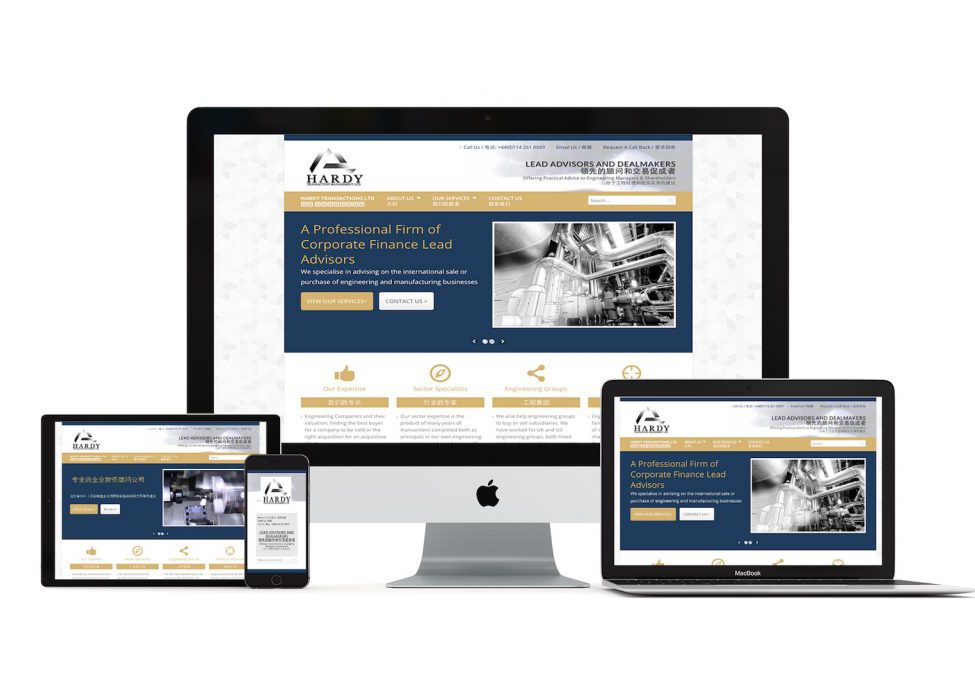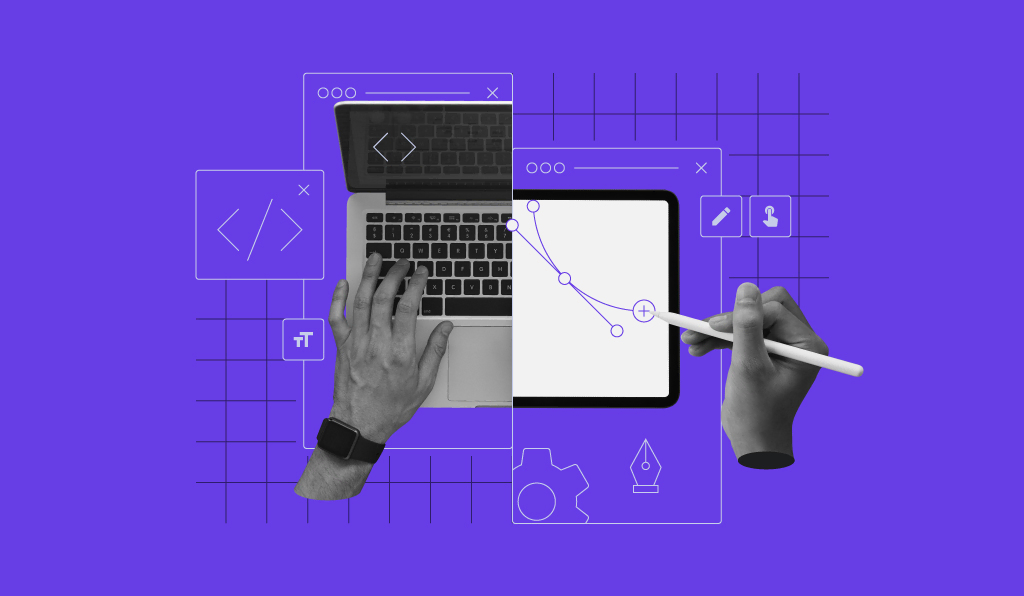The Ultimate Overview to Picking the Right Web Design Johannesburg Agency
The Ultimate Overview to Picking the Right Web Design Johannesburg Agency
Blog Article
Deciphering the Complexities of Responsive Website Design and Its Influence On Availability and Functionality Throughout Numerous Devices
Responsive website design (RWD) has arised as a basic strategy in developing electronic experiences that are both practical and accessible throughout diverse gadgets. By integrating methods such as liquid grids and CSS media queries, RWD not just improves individual engagement however additionally addresses crucial access problems for people with specials needs. As the landscape of electronic interaction proceeds to develop, understanding the ramifications of RWD comes to be important. However, the intricacies included in accomplishing this equilibrium raising relevant inquiries about ideal techniques and potential risks that call for more exploration.
Comprehending Responsive Website Design
Receptive website design embodies the concept of versatility, ensuring that websites give an optimal watching experience throughout a variety of tools and display dimensions. This strategy utilizes adaptable grids, designs, and images, making it possible for the content to dynamically change based on the customer's tool. The rise of mobile internet usage has actually made receptive layout not just a trend, but a requirement for modern-day internet growth.
At its core, receptive internet style emphasizes fluidity and scalability. By making use of CSS media questions, developers can tailor styles to varying display measurements, making sure that message remains clear and pictures are presented properly. This strategy accommodates the varied range of gadgets, from smart devices to big desktop displays, promoting smooth navigating and interaction.
In addition, receptive internet style improves customer interaction by reducing the need for too much zooming or straight scrolling, which can diminish the user experience. By prioritizing accessibility, companies can get to a wider audience, making sure that all users, despite gadget, can access content properly. Ultimately, understanding responsive web style is essential for creating internet sites that are not only visually attractive yet likewise practical and straightforward across varied systems.

Secret Principles of RWD
Highlighting versatility and user-centric layout, the vital concepts of responsive website design (RWD) revolve around creating a seamless experience no matter the tool being made use of. One fundamental concept is fluid grids, which use loved one units like percents rather than dealt with dimensions. This method makes sure that layout components adjust proportionally to differing screen sizes, maintaining aesthetic comprehensibility.
One more essential concept is versatile pictures and media, which resize within their having components. web design Johannesburg. By employing CSS strategies such as max-width, designers can stop images from exceeding their moms and dad containers, ensuring that visuals remain sharp and appropriately scaled across gadgets
Additionally, media inquiries play a critical function in RWD, enabling developers to apply certain CSS styles based on the characteristics of the tool, such as width, height, and positioning. This ability enables customized experiences that enhance functionality and engagement.
Additionally, a mobile-first approach is increasingly preferred, where designs focus on smaller displays and progressively boost for larger tools. This principle not just optimizes efficiency however also resolves the growing frequency of mobile browsing. Jointly, these concepts develop the foundation of responsive website design, cultivating a adaptable and easy to use digital atmosphere.

Effect On Accessibility
The combination of receptive web layout plays a vital duty in boosting access for all customers. By embracing an adaptable format that adapts to differing display dimensions and positionings, receptive layout makes certain that material remains easily navigable and understandable no matter the device used. This adaptability is specifically considerable for people with specials needs, that might count on assistive modern technologies that function better when web content is structured responsively.
Moreover, receptive website design lowers the probability of problems such as horizontal scrolling, which can prevent users with motor specials needs or visual impairments. By providing a consistent user experience throughout devices, developers can prioritize access functions such as key-board navigation and screen viewers compatibility, enabling for a more inclusive electronic environment.
In addition, online search engine increasingly favor receptive layouts, which can enhance visibility for customers seeking easily accessible content. Therefore, services and companies are motivated to adopt these methods not just to abide by availability criteria but likewise to get to a broader audience. Eventually, responsive website design is crucial in advertising fair accessibility to details and services across diverse user groups, therefore cultivating an inclusive digital landscape.
Functionality Across Gadgets

Furthermore, the efficiency of internet applications can vary significantly across gadgets. Mobile tools frequently have limited processing power and slower web links, which can affect packing times and general user experience. It is crucial for designers to enhance pictures, manuscripts, and various other resources to make sure that efficiency continues to be constant and reliable, no matter of the device being used.
Furthermore, the design and framework of content should adapt fluidly to different screen sizes to preserve functionality. This versatility not just enhances individual interaction however likewise lowers disappointment, eventually bring about greater retention prices. In recap, prioritizing performance across devices is important for developing a comprehensive and reliable web presence that accommodates the varied demands of users.
Finest Practices for Implementation
Implementing responsive internet design efficiently needs a critical strategy that focuses on individual experience and ease of access. read To achieve this, start by embracing a mobile-first style ideology, which emphasizes developing an optimal experience for smaller sized screens before scaling approximately bigger gadgets. This method ensures that important web content is focused on and that functions are perfectly incorporated.
Following, utilize liquid grids and flexible formats. Utilize relative devices, such as portions, rather than dealt with systems like pixels - web design Johannesburg. This adaptability permits material to resize dynamically based on the display's dimensions, boosting functionality across different devices
In addition, incorporate media questions to apply details CSS policies based on the features of the device, such as elevation, resolution, and width. This targeted method enables tailored experiences that accommodate the one-of-a-kind abilities of each tool.
In addition, prioritize accessibility by guaranteeing that all interactive components are easily accessible through touch or key-board. Execute semantic HTML to boost screen reader compatibility and keep high contrast proportions for readability.
Verdict
To conclude, receptive internet design serves as a fundamental element in developing easily accessible and functional electronic experiences across diverse gadgets. By incorporating liquid grids, flexible photos, and CSS media queries, receptive style not only improves customer involvement yet also promotes equitable access to information for all individuals, including those with specials needs. Sticking to ideal practices in implementation guarantees that internet sites continue to be versatile, inevitably cultivating an extra inclusive digital environment that fulfills the differing demands of individuals.
Responsive internet layout (RWD) has emerged as a fundamental method in creating digital experiences that are both available and functional across diverse tools.Receptive web design embodies the principle of adaptability, making certain that websites provide an optimal watching experience throughout a range of gadgets and display sizes.Highlighting versatility and user-centric design, the key concepts of receptive web style (RWD) revolve around creating a smooth experience no matter of the gadget being used.Functionality a knockout post throughout gadgets is an essential factor to consider in internet design, as customers involve with content via a range of platforms, consisting of desktop computers, tablet computers, and smartphones.In conclusion, receptive internet style offers as a fundamental component in developing practical and easily accessible digital experiences throughout diverse gadgets.
Report this page